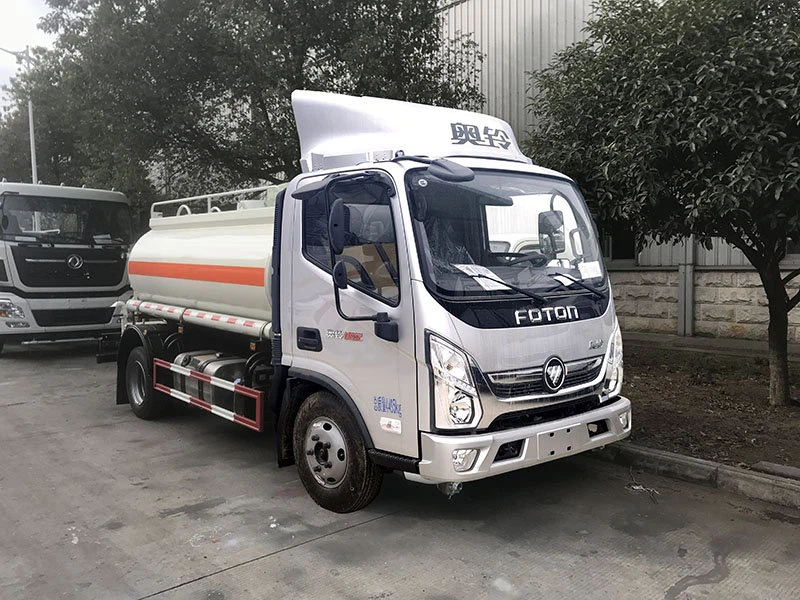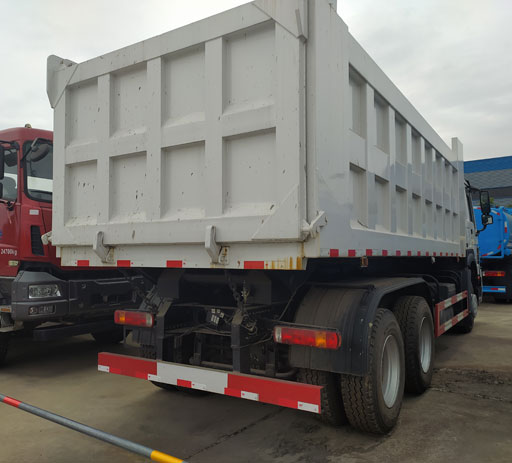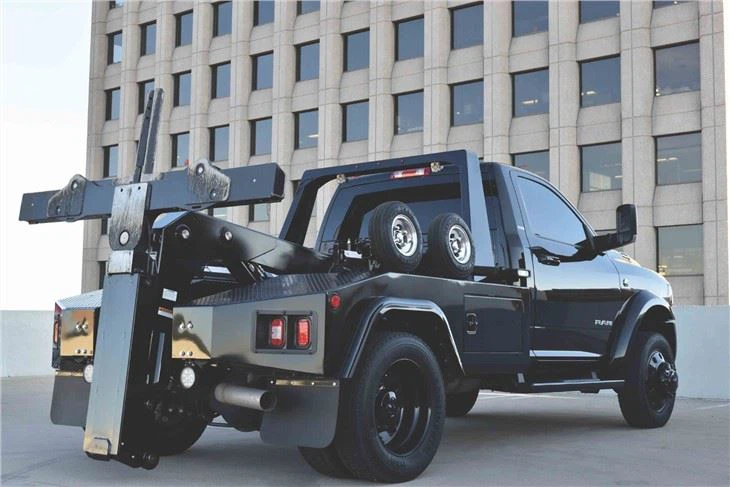Understanding Quick Attack Fire Apparatus: Your Essential Guide

When it comes to firefighting, having the right equipment is crucial for effective operations. One of the key pieces of equipment in modern firefighting is the quick attack fire apparatus. This article aims to provide a comprehensive overview of quick attack fire apparatus, covering everything from their design to their operational benefits and maintenance tips.
What is Quick Attack Fire Apparatus?
Quick attack fire apparatus, commonly referred to as a quick attack vehicle (QAV), are designed for rapid response to fires and other emergencies. Unlike larger fire trucks, quick attack apparatus are typically smaller and more maneuverable, allowing them to reach tight or difficult locations quickly. Each unit is equipped with essential firefighting tools and equipment, making them an integral part of many fire departments.
The Importance of Quick Attack Fire Apparatus
Quick attack fire apparatus play a critical role in firefighting for several reasons:
- Rapid Response: They can be deployed quickly to reduce the spread of fast-moving incidents.
- Maneuverability: Their smaller size allows them to navigate through narrow streets and tight spaces.
- Versatility: Quick attack apparatus can be used for various incidents, including wildfires, structure fires, and medical emergencies.
Key Features of Quick Attack Fire Apparatus

1. Compact Design
The compact design of quick attack fire apparatus allows for ease of movement. This size means they can get into locations where larger fire trucks cannot effectively operate.
2. Water Tank Capacity
Most quick attack vehicles are equipped with a smaller water tank that typically holds anywhere from 150 to 500 gallons of water, depending on the model. Having this onboard water supply is crucial for first-response firefighting.
3. Pumping Systems
Quick attack fire apparatus use powerful pumping systems, often with a higher pressure than that found in larger apparatus. This feature helps in delivering water to the fire effectively.
4. Hose Reels and Nozzles

Equipped with hose reels and various nozzles, quick attack vehicles allow firefighters to deliver water efficiently. Different nozzles can provide various spray patterns suitable for different fire situations.
5. Equipment Storage and Organization
Space is optimized for storing firefighting equipment, such as hoses, tools, rescue gear, and medical equipment, making it easy for firefighters to access what they need quickly.
Types of Quick Attack Fire Apparatus
There are several types of quick attack apparatus, each designed for specific firefighting needs:
1. Tactical Water Tankers
These vehicles focus primarily on transporting water and have larger tanks than other types of quick attack apparatus. Tactical water tankers are especially useful in rural areas.
2. Brush Trucks
Brush trucks are specialized quick attack vehicles designed for wildland firefighting. They typically include features suited for rugged terrain.
3. Rescue Trucks
These vehicles combine firefighting capabilities with rescue equipment. They are often used in incidents where rescue operations are required alongside fire suppression.
Practical Examples of Quick Attack Fire Apparatus in Action
Here are a few scenarios where quick attack fire apparatus would be particularly beneficial:
Example 1: Residential Fire
In a residential area, a quick attack apparatus can arrive on scene before the larger trucks, applying water to the fire and containing it until additional resources arrive. This quick action can significantly reduce property damage.
Example 2: Grass Fire
During a grass fire, quick attack vehicles are essential due to their ability to navigate rough terrain, enabling firefighters to tackle the flames directly where they threaten structures and other assets.
Operational Benefits of Quick Attack Fire Apparatus
1. Reduction in Response Time
The smaller size and quicker deployment of quick attack fire apparatus allow for faster response to incidents, which is vital in preventing fires from spreading.
2. Cost-Effectiveness
In addition to their effectiveness, quick attack vehicles are often less expensive to purchase and maintain than larger fire trucks, providing a cost-effective solution for many fire departments.
3. Enhanced Operational Flexibility
Fire departments can utilize quick attack vehicles for various missions beyond firefighting, such as emergency medical response or hazardous materials incidents.
Maintenance Tips for Quick Attack Fire Apparatus

Regular maintenance of quick attack fire apparatus is crucial for ensuring their reliability and operational readiness. Here are some essential maintenance tips:
1. Regular Inspections
Conduct monthly inspections of the vehicle’s water pump, hoses, and other essential equipment to ensure everything is in working order.
2. Cleaning and Decontamination
Post-incident, ensure that the apparatus is properly cleaned and any contaminated equipment is decontaminated to maintain hygiene and safety.
3. Routine Fluid Checks
Regularly check and change the oil, brake fluids, and coolant levels to prolong the life of the vehicle’s engine and components.
Training for Firefighters Using Quick Attack Apparatus
Training is crucial for firefighters to effectively utilize quick attack fire apparatus. Here are some components of a solid training plan:
1. Hands-On Training
Firefighters should regularly engage in hands-on training with the equipment, using simulations to familiarize themselves with its operation during emergencies.
2. Hydraulics Training
Understanding the hydraulics and systems used in quick attack apparatus can drastically improve a firefighter’s ability to respond efficiently.
3. Emergency Response Drills
Regular emergency response drills involving quick attack vehicles can help build team coordination and operational efficiency.
Frequently Asked Questions (FAQ)
1. What is the average cost of a quick attack fire apparatus?
The average cost can range from $50,000 to over $150,000, depending on specifications and features.
2. How many gallons of water can a quick attack fire apparatus hold?
Most quick attack vehicles typically hold between 150 to 500 gallons of water.
3. Can a quick attack fire apparatus be used for other emergencies besides fires?
Yes, they can be used for emergency medical responses, wildfires, and hazardous material incidents.
4. What training is necessary for firefighters using quick attack vehicles?
Firefighters should engage in hands-on training with the apparatus, hydraulics training, and participate in emergency response drills.
5. How do quick attack fire apparatus compare to traditional fire trucks?
Quick attack fire apparatus are smaller, more maneuverable, and designed for rapid response, making them ideal for initial firefighting efforts, while traditional trucks are suited for larger-scale operations.
6. What kind of maintenance is required for quick attack fire apparatus?
Regular inspections, routine fluid checks, and cleaning/decontamination post-incident are essential maintenance practices.
